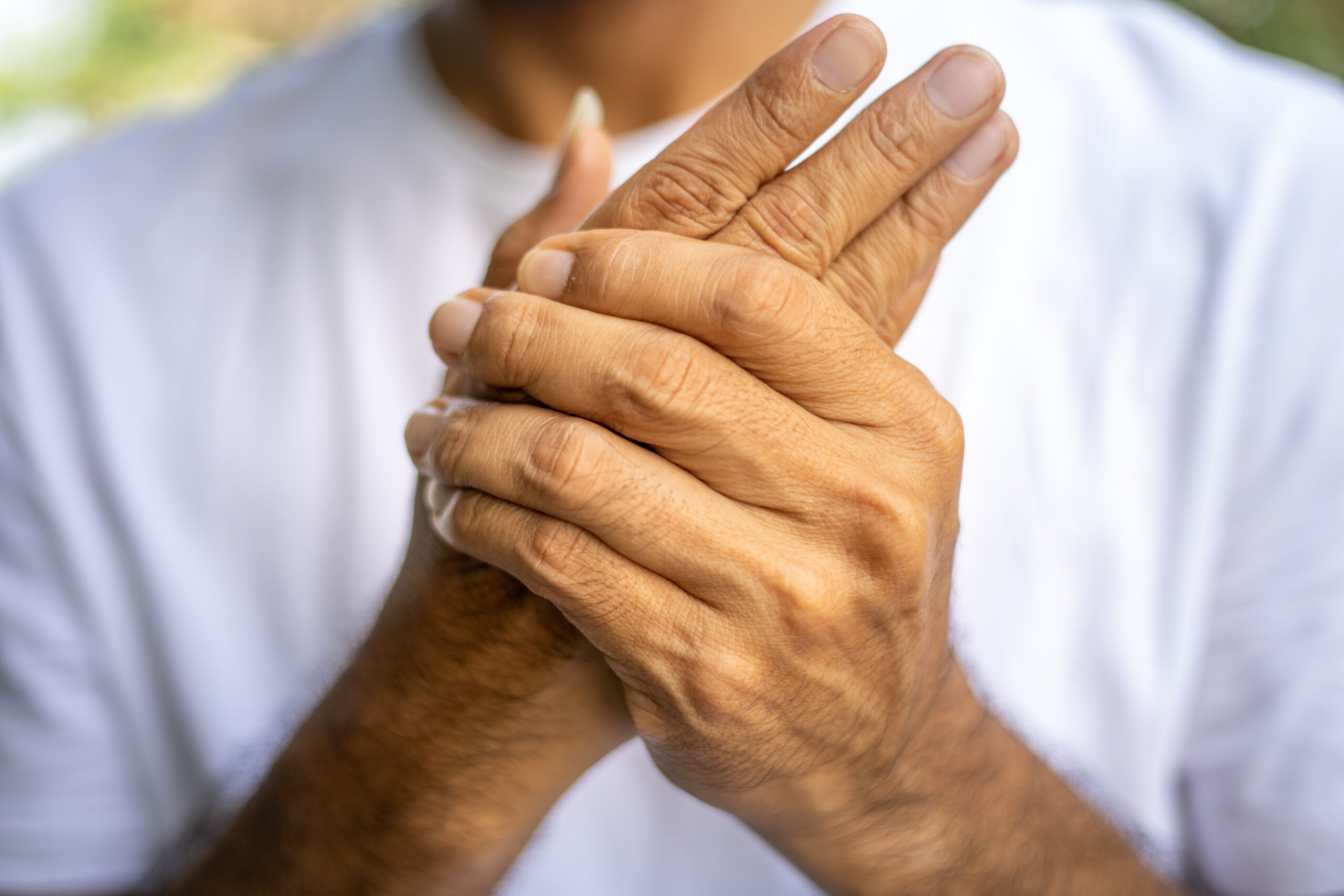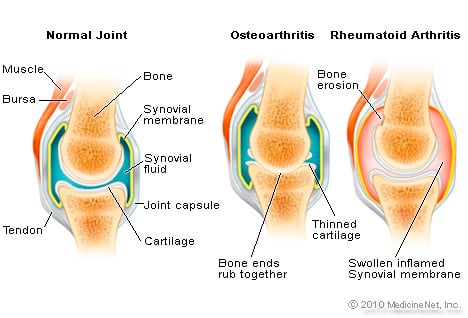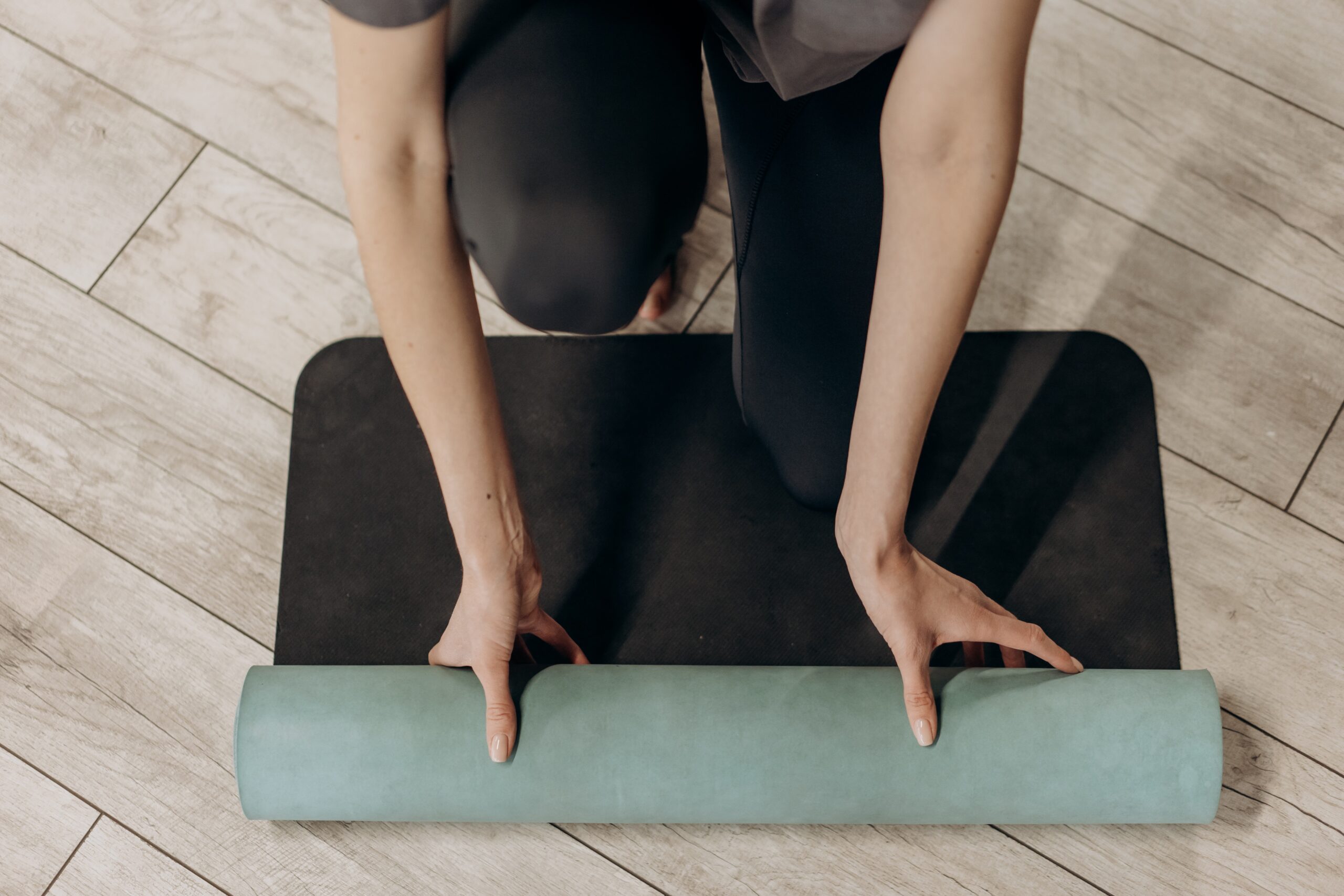
What Is Arthritis?
Arthritis is not a singular disease but rather covers a broad range of complex conditions. It refers to conditions which affect the joints of the body including swelling, redness, and tenderness (Health Direct, 2020). A point on the body where bones meet is called a joint. “arth-” comes from the Greek word “arthro-” meaning “joint”. “-itis” indicates infection. Thus, arthritis refers to inflammation within the joints. It is not specific to one age group and affects about 6 million Canadians (Arthritis Society Canada, 2022). Generally, women are more likely to develop arthritis than men. Once individuals develop arthritis, it is often present for life. With treatment, further joint damage can be prevented. The most common forms of arthritis in Canada are (Government of Canada, 2017):
- Osteoarthritis
- Rheumatoid arthritis
- Gout
- Systemic lupus erythematosus (SLE)
- Childhood arthritis
Individuals with arthritis have difficulties with performing everyday duties due to the pain and inflammation of their joints. As such, they are limited in their ability to complete every day duties, to exercise, and to move as it leads to a loss in one’s range of motion (ROM). For example, simple activities such as handwriting, working on the computer, getting dressed, showering, and even going to work are more difficult and painful. Individuals with arthritis are likely to have co-morbid diseases such as obesity or diabetes as well as psychosocial difficulties like symptoms of anxiety and/or depression (Arthritis Society Canada, 2022). Sleep is another common issue for those living with arthritis (Health Direct, 2020).

What Causes Arthritis?
It depends on the type of arthritis. Factors which may affect one’s development of a type of arthritis include:
- Sex
- Genes
- Diet
- Aging
(Government of Canada, 2017).
Some common signs and symptoms include:
- Pain
- Stiffness (especially in the morning around the joints which can last up to an hour)
- Swelling
- Redness
- Decreased range of motion
(Arthritis Society Canada, 2022).
- Osteoarthritis
- Rheumatoid arthritis
- Gout
- Systemic lupus erythematosus (SLE)
- Childhood arthritis
Individuals with arthritis have difficulties with performing everyday duties due to the pain and inflammation of their joints. As such, they are limited in their ability to complete everyday duties, to exercise, and to move as it leads to a loss in one’s range of motion (ROM). For example, simple activities such as handwriting, working on the computer, getting dressed, showering, and even going to work are more difficult and painful. Individuals with arthritis are likely to have co-morbid diseases such as obesity or diabetes as well as psychosocial difficulties like symptoms of anxiety and/or depression (Arthritis Society Canada, 2022). Sleep is another common issue for those living with arthritis (Health Direct, 2020).
Can I Prevent Arthritis?

Although there is no certainty of being able to prevent arthritis, there are steps you can take to reduce the likelihood of developing pain in your joints:
- Maintain a healthy weight – Maintaining a healthy weight helps prevent increasing the amount of pressure on your joints.
- Regulate your blood sugar – High blood pressure can be damaging as it can lead to damage of the tissues supporting your joints.
- Exercise regularly – Exercise can help you to maintain a healthy weight, reduce pressure on your joints, and can strengthen the muscles around your joints. It is suggested that individuals should engage in low-impact activities like swimming or walking to prevent increased pressure on the joints when exercising. Physical activity could also help to prevent the development of other conditions and diseases while improving your health and mood.
- Stretch a lot – Stretching helps to keep your blood circulating and keep your joints limber thereby improving your range of motion. It is suggested that individuals should try to engage in light stretches every day.
- Try to avoid injuries – Joints which were injured at a younger age are more likely to develop arthritis than those which were not injured. Thus, it is suggested that individuals wear protective sportswear and to play safe when engaging in sports and activities to prevent injury.
- Cease smoking – Smoking has been associated with acute increases in blood pressure, heart rate and hypertension (Primatesta et al., 2001). Thus, to prevent damage to tissues and joints, avoid smoking.
- Try to eat more fish – Fish are high in Omega 3s and help to reduce inflammation in the body. Thus, it is suggested that individuals include more fish in their diets.
- Pain management – Aside from medications, it might be helpful to consider natural remedies such as meditation, massage treatment and acupuncture treatment for pain management.
(Centers for Disease Control and Prevention, 2022; Arthritis Foundation, 2017).
What Makes It Worse?
It is important to consider what might worsen one’s arthritis condition. A “flare-up” is when a particular activity, movement or action worsens your symptoms. Preventing flare-ups is important to prevent an accumulation of pain. The following triggers should be considered:
- Avoid overdoing an activity – Overdoing it could lead to increased pain.
- Stress
- Repetitive motions – Avoid repetitive motions which might aggravate the joints.
- Weather conditions
- Weight gain – Leads to increased pressure on the joints.
(Arthritis Foundation, n.d.).
What Helps in Arthritis?
Along with taking into consideration the previously listed steps to prevent arthritis, the following are further suggestions to help those already living with the disease:
- Make adaptations to your home – Speak with an occupational therapist (OT) to determine what aspects of your home can be modified to help increase your ability to function within the home. OTs will often look at your valued activities throughout the day and make suggestions accordingly.
- Activity modifications – It might be wise to consider altering how you engage in some valued activities.
- Energy conservation – Try to avoid expending all your energy earlier in the day. Leave enough energy to be able to complete the activities that are important later in the day. Some suggestions for energy conservation include keeping items at counter level to avoid bending/reaching, purchasing items that are easier to grip/handle, sit when you’re engaging in activities, and considering when your pain is at its worst and planning around the pain.
- Avoid falls – Falls are common for individuals with arthritis, especially in the bathroom. Speak with an OT to determine what safety equipment you would benefit from in the shower.
- Modify your kitchen habits – Those who experience arthritis in the hands and wrist suffer from pain while meal prepping and cooking. Thus, it is important to consider what equipment to use, where you place the kitchen items, how to move in the kitchen and it would be important to consider electrical kitchen items, where possible. Consult an OT for some helpful recommendations.
- Medications – Speak with your doctor about medications that might help with pain management and regulating your condition.
- Splints – It might be helpful to consider seeing an OT who can provide you with a splint to wear to prevent further joint damage. The OT can also recommend assistive devices which would be beneficial.
(Arthritis Foundation, 2017; Centers for Disease Control and Prevention, 2022).
References
Primatesta, P., Falaschetti, E., Gupta, S., Marmot, M. G., Poulter, N. r. (2001). Association between smoking and blood pressure. Hypertension, 37, 187-193.
Sayre, C. (n.d.). Adapting your house when you have arthritis. Arthritis Foundation. https://www.arthritis.org/health-wellness/healthy-living/daily-living/life-hacks-tips/adapting-your-house
(2022, June 23). Arthritis. Centers for Disease Control and Prevention. https://www.cdc.gov/arthritis/basics/management.htm
(2020, July 7). Arthritis. HealthDirect. https://www.healthdirect.gov.au/arthritis
(2017, November 7). Most common types of arthritis. Government of Canada. https://www.canada.ca/en/public-health/services/chronic-diseases/arthritis/most-common-types-arthritis.html
(2022). Signs of Arthritis. Arthritis Society Canada. https://arthritis.ca/about-arthritis/signs-of-arthritis
(2022). The truth about arthritis. Arthritis Society Canada. https://arthritis.ca/about-arthritis/what-is-arthritis/the-truth-about-arthritis#:~:text=Today%206%20million%20Canadians%20have,people%20with%20arthritis%20are%20women.
(n.d.). What triggers an arthritis flare? Arthritis Foundation. https://www.arthritis.org/health-wellness/healthy-living/managing-pain/pain-relief-solutions/what-triggers-an-arthritis-flare#:~:text=The%20most%20common%20triggers%20of,an%20infection%20or%20weight%20gain.
IMAGES
https://www.medicinenet.com/image-collection/osteoarthritis_picture/picture.htm

